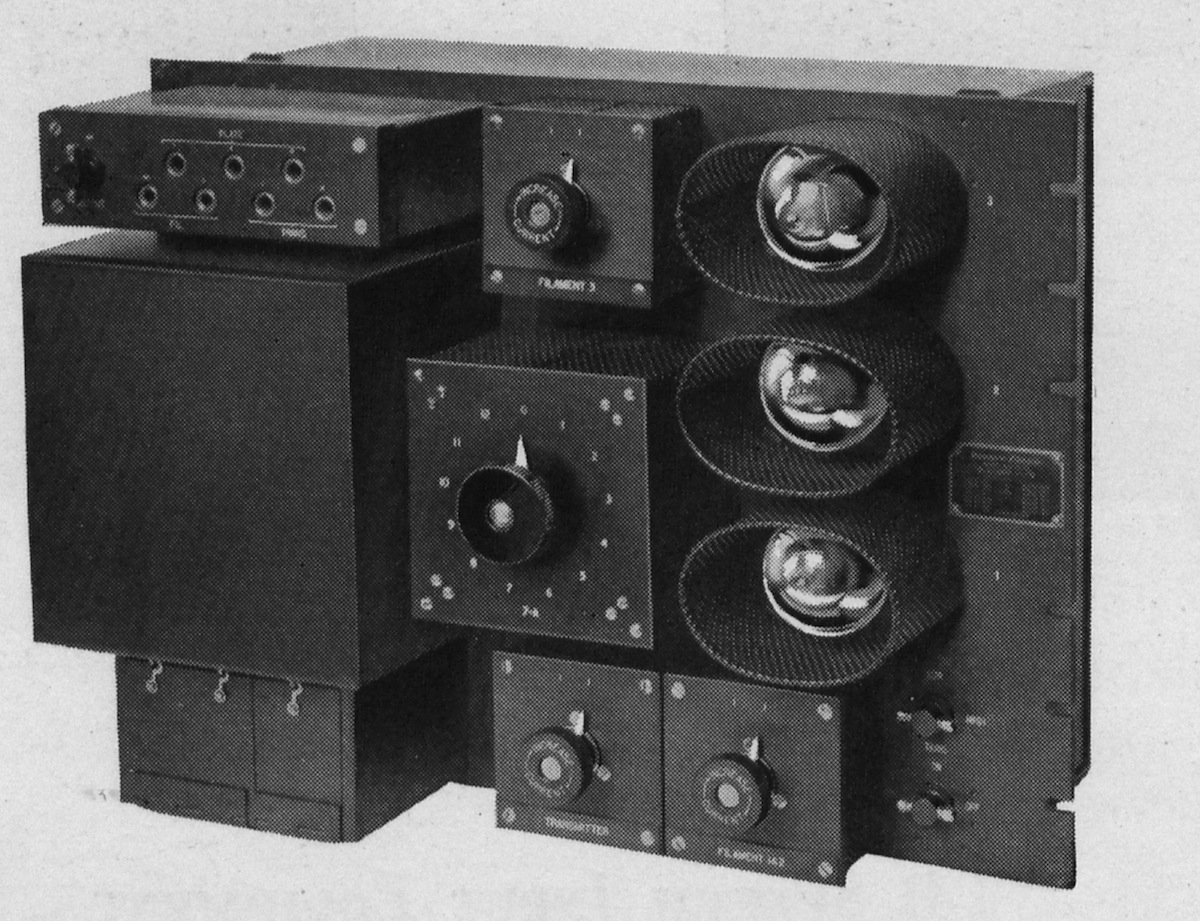
A hundred years ago, the word “hello” spoken in Arlington, VA was heard in Paris. The word originated from the vibrations in the vocal chords of Mr. B. B. Webb, an engineer at the Arlington radio station. That sound passed through Webb’s lips, crossed Virginia airspace, entered a radio mouthpiece. There it was converted into electromagnetic waves, and in that moment on Oct. 21, 1915, human speech did something it had never done before: crossed the Atlantic.
On the European end, an antenna atop the Eiffel Tower picked up the radio waves. Two engineers with the American Telephone and Telegraph Company (now AT&T) stationed at the receiver, which demodulated information from the signals into audio, heard Webb’s voice on the Paris side.
The two engineers were H.E. Shreeve and A.M. Curtis, who reported that they could also hear other phrases from Webb, concluding with “Goodbye, Shreeve.”
That night, the American Telephone and Telegraph Company president Theo Vail sent a dispatch that said:
The talk from Washington this morning, heard both in Paris and Honolulu…establishes as a fact that under favorable atmospheric and electrical conditions, with proper equipment which the engineers of the American Telephone and Telegraph Company have developed, we will be able to carry on conversation between New York and European points as well as to the western coast and points across the Pacific Ocean.
In 1915, the telephone call was not particularly new; Alexander Graham Bell’s famous first phone call had taken place in 1876 using a liquid transmitter and electromagnetic receiver. And the first wireless phone call took place four years later, with speech traveling over 213 meters to Bell’s laboratory.
The speech transmission to Paris was possible because engineer and tower designer Alexandre-Gustave Eiffel wanted to keep the tower that bore his name useful. So, he affixed an antenna to the top in 1898, so that people could conduct experiments in wireless telegraphy. The city subsequently re-funded the tower rather than disassembling it for scrap metal.
Paris and Arlington had exchanged wireless signals for the first time two years earlier, in 1913, to measure the difference in longitude between the two cities. After the speech transmission in 1915, it would then take more than 11 more years for the first two-way transatlantic call to take place, between New York and London (and in the meantime, TIME was founded; read the magazine item about the call here).
Of course, speech transmission has come a long way in the past hundred years. Radio calls eventually developed into mobile radio telephone systems, which gave way to cellular systems, then digital cellular networks and the technology carrying cell phone calls today.
More Must-Reads from TIME
- How Donald Trump Won
- The Best Inventions of 2024
- Why Sleep Is the Key to Living Longer
- Robert Zemeckis Just Wants to Move You
- How to Break 8 Toxic Communication Habits
- Nicola Coughlan Bet on Herself—And Won
- Why Vinegar Is So Good for You
- Meet TIME's Newest Class of Next Generation Leaders
Write to Julia Zorthian at julia.zorthian@time.com